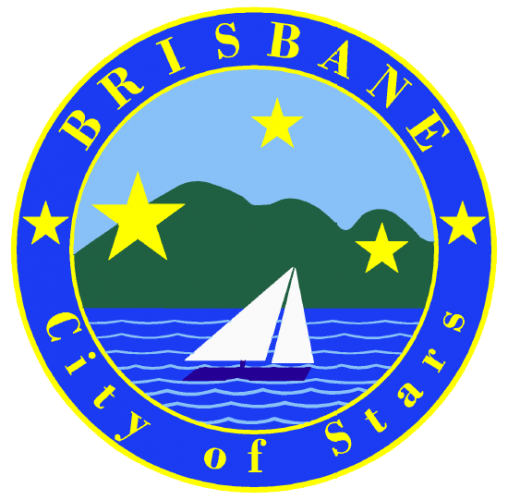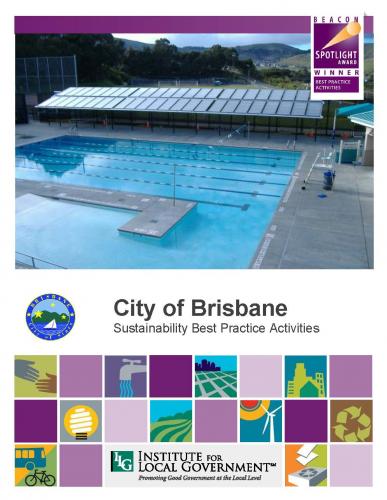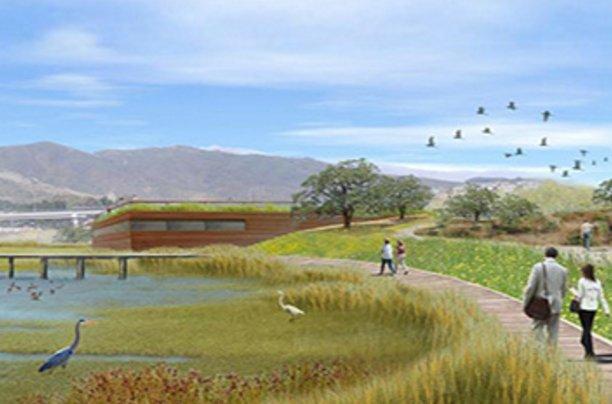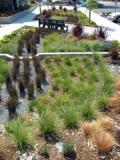City of Brisbane
“The City of Brisbane and its residents care deeply about a wide variety of issues surrounding sustainability. Work is being done by the government, citizens, and businesses to lower the environmental impact of our activity and preserve natural habitat.” – City of Brisbane’s Sustainability Webpage
About Brisbane
- Incorporated: 1961
- Population: 4,282 (as of 2010)
- Location: Immediately South of San Francisco in San Mateo County.
- Area: 20.08 square miles (3.44 sq. mi. land, 17 sq. mi. water)
Climate Action Activities
- Adopted Climate Action Plan in 2015
- Completed Community Greenhouse Gas Inventory, 2005 & 2010
- Heal Cities Campaign Participant
- Resilient Communities for America Agreement Signatory
Climate Action Resources
Awards
Platinum Beacon Award (2019)
Gold Beacon Award (2015)
Agency Energy Savings
- Platinum Level, 21% (2019)
- Gold Level, 17% (2015)
Agency Natural Gas Savings
- Platinum Level, 24% (2015)
Agency Greenhouse Gas Reductions
- Platinum Level, 32% (2018)
- Gold Level, 19% (2015)
Community Greenhouse Gas Reductions
- Platinum Level, 20% (2019)
- Gold Level, 10% (2015)
Sustainability Best Practices
- Platinum Level (2016)
- Gold Level (2015)
All (3)
Awards (1)
Posts (2)








